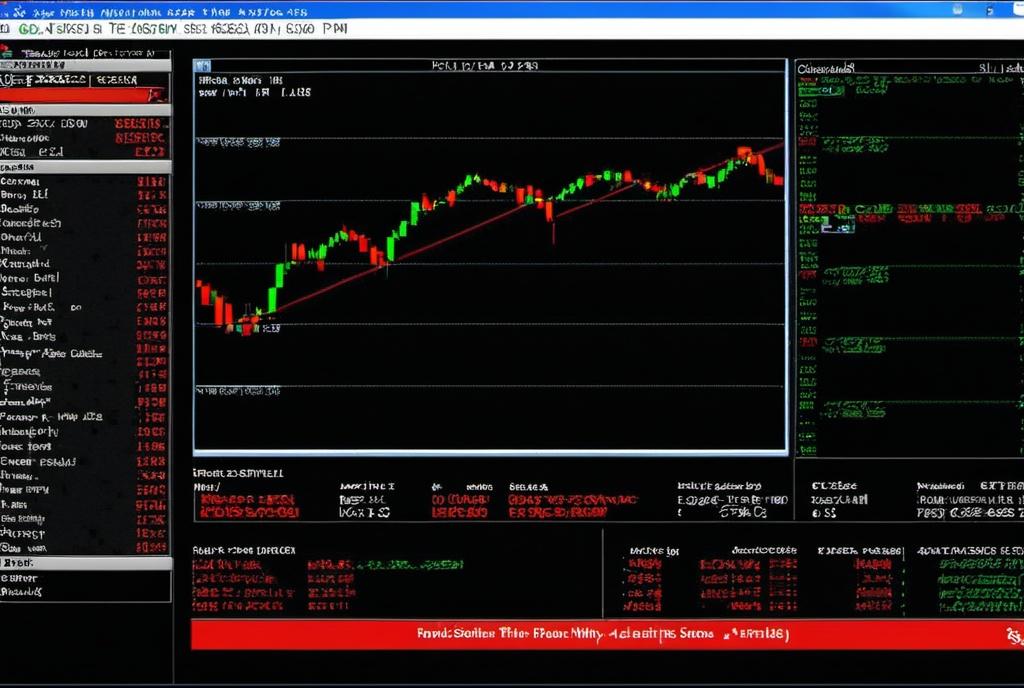Key Take Aways About Arbitrage Trading
- Arbitrage trading exploits price differences across markets for profit.
- Relies on identifying discrepancies in real-time and acting fast.
- Uses HIT software for high-speed data analysis and trade execution.
- Challenges include transaction costs, regulatory constraints, and market liquidity.
- Cryptocurrencies and traditional stocks present arbitrage opportunities.
- Success requires knowledge, tools, and timing; HIT software is instrumental.
- Must be aware of risks such as transaction fees and volatile price changes.

Understanding Arbitrage Trading
Arbitrage trading isn’t exactly your typical Wall Street buzzword, but it’s one of those strategies that can make you feel you’re in on a secret. It’s like finding a $20 bill in an old coat pocket. The concept is simple: buying an asset in one market and selling it for a higher price in another. But, it’s not all sunshine and dollar signs.
Arbitrage is essentially about taking advantage of price differences across different markets or platforms. Think of it as a way to exploit market inefficiencies. An efficient market would mean no profit, but markets aren’t always efficient. These inefficiencies pop up due to market latency, geographical dispersion, or just plain old supply and demand mismatches.
How Arbitrage Trading Works
Most of us are familiar with the idea of buying low and selling high. Well, arbitrage takes this to a different level. It’s not about predicting future prices; it’s about spotting discrepancies in current prices across various platforms. Imagine buying a gadget online for $50 and selling it at a local store for $60. That $10 difference is your profit, minus any transaction or shipping fees. Arbitrage traders do something similar, just in a more sophisticated and lightning-fast manner.
These discrepancies are often fleeting, which means traders need to act fast. Technology plays a massive role here. High-frequency trading systems, like HIT software, zip through data at speeds that make human reflexes look like molasses. These systems can identify and act on opportunities faster than a New York minute.
The Role of HIT Software in Arbitrage
HIT software is like that friend who always knows where the best deals are. It’s designed to support traders by providing real-time data, analytics, and even executing trades. As markets around the globe operate in different time zones, and prices can change in a blink, having HIT software is akin to having a trusty sidekick.
This software isn’t just about speed, though. It also helps in risk management, an essential ingredient in arbitrage trading. Because, let’s be real, nobody wants to be on the losing end of a trade. The software can help mitigate risks by providing accurate data and facilitating swift transactions.
Challenges in Arbitrage Trading
While the idea of making a quick buck sounds appealing, it’s not all a bed of roses. Arbitrage trading comes with its own set of hassles. Transaction costs can eat into profits, and sometimes the price difference isn’t wide enough to be worth the trouble. Plus, there’s the matter of regulatory constraints. Not all markets have the same rules, which can make cross-border trading a bit of a bureaucratic maze.
Market liquidity is another factor. For a trade to be profitable, there has to be enough volume on both sides of the transaction. If you’re buying an asset but can’t find a seller on the other end, that price difference won’t do you much good.
Real-World Arbitrage Examples
Cryptocurrency is one of those markets where arbitrage opportunities pop up like whack-a-mole. With exchanges scattered all over the globe, price differences can arise. A Bitcoin might be priced differently on Coinbase compared to Binance due to varying demand and transaction speeds. Cryptos offer a fertile ground for arbitrage because of their 24/7 nature, but the volatility can turn a sweet deal into a sour patch swiftly.
Traditional stock markets also present arbitrage opportunities, although they can be a bit more complicated due to the plethora of regulations. A classic case is the arbitrage between stocks and their derivatives. Traders might find differences in pricing between a stock and its options or futures contracts, allowing them to lock in a profit with minimal risk.
Conclusion
Arbitrage trading isn’t just for the financial wizards or the tech-savvy. With the right knowledge, tools, and timing, even a layperson can join the fray. But one should always be aware of the risks involved, especially those sneaky transaction fees and regulatory hurdles that can turn a potential profit into a loss.
For those keen on dipping their toes into arbitrage, HIT software can be a handy ally, offering real-time data and swift execution that are crucial for capitalizing on fleeting opportunities. Just remember, while it might not be foolproof, knowing the ins and outs can tilt the odds in your favor. Trading, like life, is all about seizing the moment, and in arbitrage, that moment might be shorter than you think.
